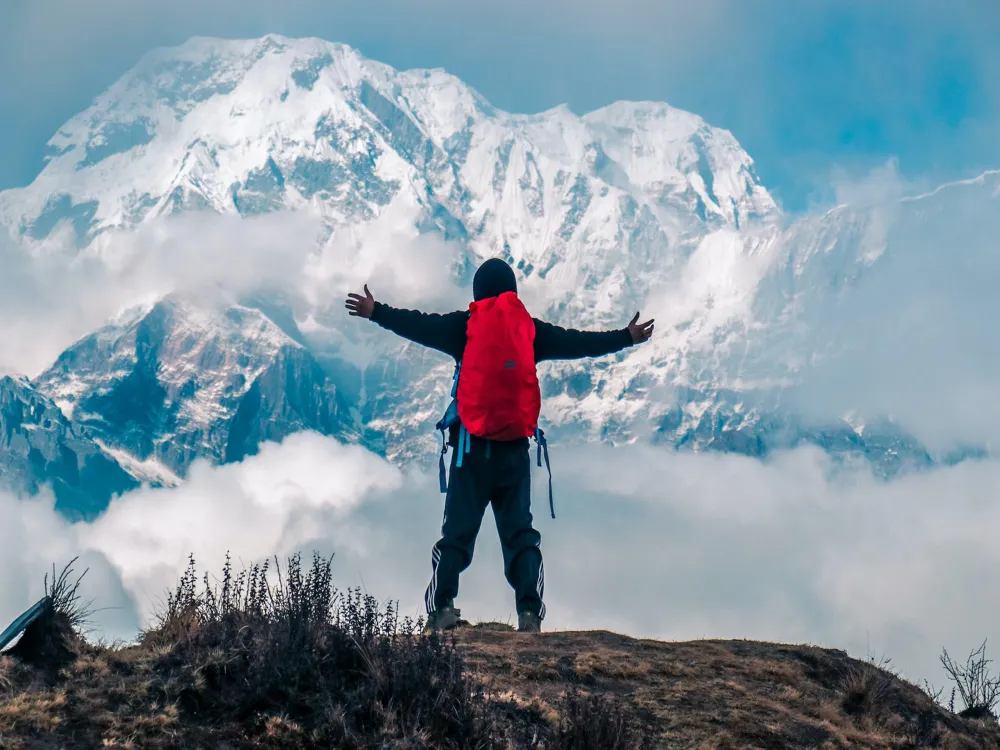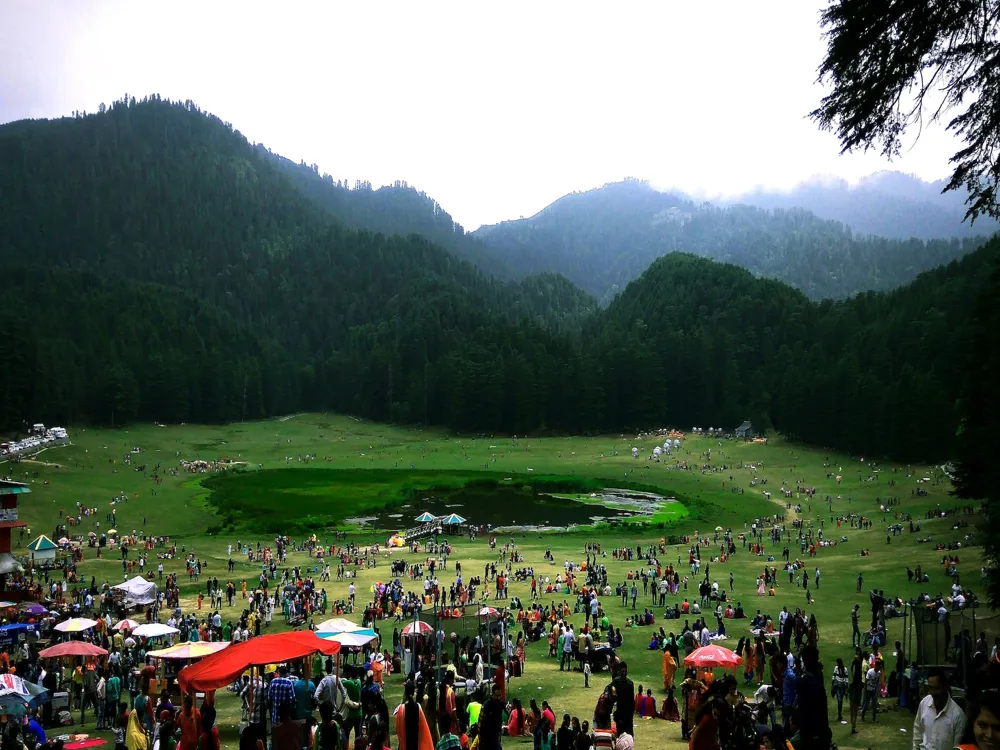Best Time to Visit Dras
India
18 out of 1306 Places to visit inNaN onwards View Packages
Get Customized PackagesThe Land of Diversity
Top Hotel Collections

Private Pool

Luxury Hotels

5-Star Hotels

Pet Friendly
What is the Best Time to Visit Dras?
Nestled in the lap of the breathtaking Himalayas, Dras, often referred to as the 'Gateway to Ladakh,' is a destination that beckons travelers year-round. However, choosing the opportune time to visit is crucial to make the most of this enchanting location. Let's delve into the nuances of the best times to explore Dras, ensuring your journey is nothing short of spectacular.
More about the Best Time to Travel to Dras
Travel Peak Season in Dras
The peak season in Dras spans from June to September, a window when the valley is adorned with vibrant hues and pleasant weather. During these months, the temperature hovers between 15°C to 25°C, creating an ideal environment for outdoor activities. Visitors can relish the picturesque landscapes, indulge in trekking expeditions, and immerse themselves in the rich local culture. It's a time when Dras is at its bustling best, with various festivals and events adding to the overall charm.
Travel Offseason in Dras
For those seeking a more serene experience, the offseason, from October to March, provides a different but equally mesmerizing allure. The crisp winter air transforms Dras into a snow-clad wonderland, offering a unique and tranquil atmosphere. This period, however, requires meticulous planning as temperatures can plummet, ranging from -15°C to 5°C. It's the perfect time for adventure enthusiasts to experience snow sports, including skiing and snowboarding, against the backdrop of stunning snow-covered landscapes.
Dras Travel Packages
View All Packages For Dras
Dras in Shoulder Season
The shoulder seasons of April-May and October-November present a balanced blend of both peak and offseason advantages. The weather is relatively mild, with temperatures ranging from 5°C to 15°C. This makes it an excellent time for sightseeing, nature walks, and experiencing the local culture without the crowds that characterize peak season.
Dras in Hot Season
While Dras is generally known for its cool climate, the hot season from June to August witnesses a slight elevation in temperature. Daytime temperatures can reach 25°C to 30°C, offering a different perspective of the region. This period is suitable for those who prefer a milder climate while still enjoying the natural beauty of Dras.
Dras in Rainy Season
Rain in Dras is a rarity, but occasional showers may occur during July and August. Although the precipitation is minimal, the landscape undergoes a refreshing transformation. The drizzle enhances the vibrancy of the surroundings, making it a unique time to witness Dras in a different light.
Dras in Cool Season
The cool season, from December to February, invites visitors to witness the valley draped in a blanket of snow. The temperature during these months ranges from -20°C to -5°C, creating a magical winter wonderland. It's an excellent time for photographers and those seeking a serene escape amidst the pristine beauty of a snow-covered Dras.
Places To Visit In Dras
View All Places To Visit In DrasNearby Places Dras
Dras Photos
Browse Package Collections
Browse Hotel Collections
Faq
Q: What is the best time to visit Dras?
A: The best time to visit Dras is during the summer months, from late May to early September. This period offers pleasant weather with temperatures ranging between 12°C to 25°C, making it ideal for outdoor activities and exploration.
Q: Is Dras accessible during winter?
A: While Dras is accessible throughout the year, winter (from November to March) brings extremely cold temperatures, often dropping below freezing point. If you are prepared for harsh winter conditions, you can visit during this time to experience the stunning snowscapes and the unique winter charm of the region.
Q: Are there any specific events or festivals in Dras that I should plan my visit around?
A: Dras doesn't host large-scale festivals, but the region is known for its vibrant local culture. If you're interested in experiencing the local way of life, plan your visit during summer when community events and gatherings are more frequent.
Q: What should I pack for a trip to Dras?
A: Regardless of the season, it's advisable to pack warm clothing due to the region's high altitude. In summer, pack layers, sunscreen, and sunglasses. In winter, bring heavy winter clothing, insulated boots, and accessories for extreme cold conditions.
Q: Can I visit Dras during the monsoon season?
A: While Dras experiences limited rainfall, it's generally considered a safe destination during the monsoon season (July to August). The landscape becomes lush and green during this time, offering a different perspective of the region. However, be prepared for occasional showers and check weather conditions before planning your trip.


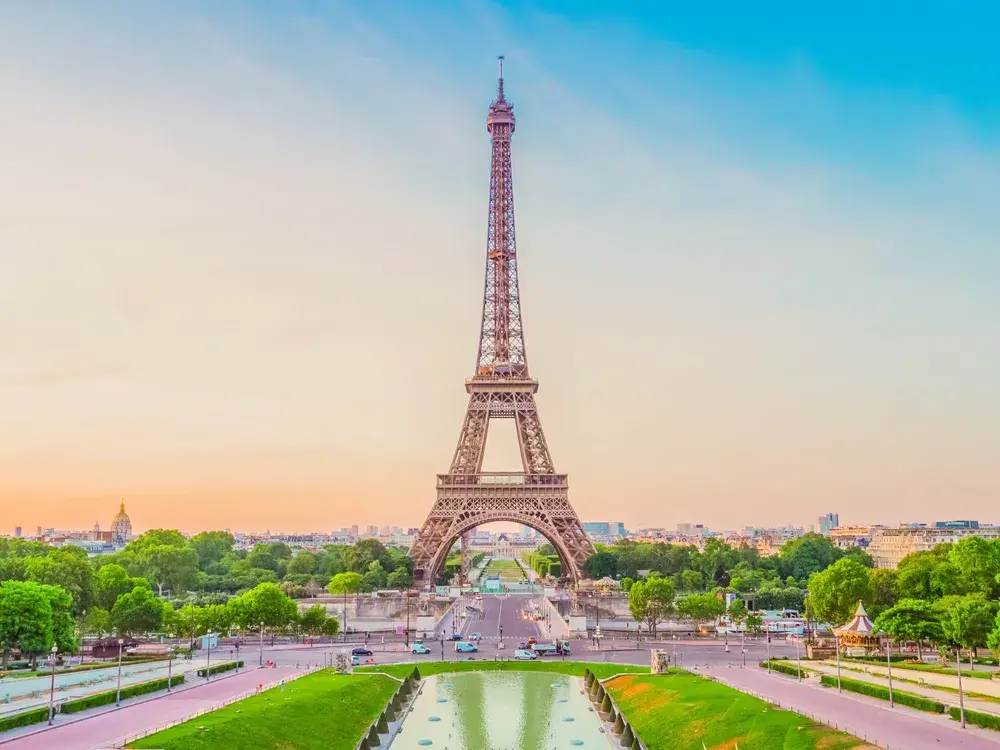
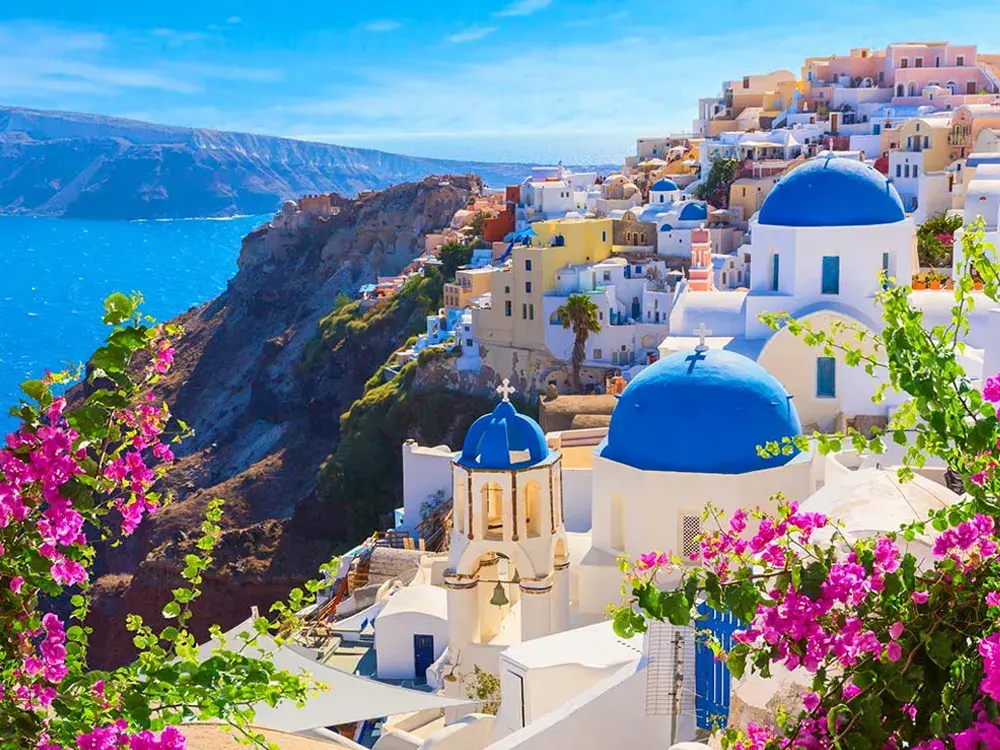
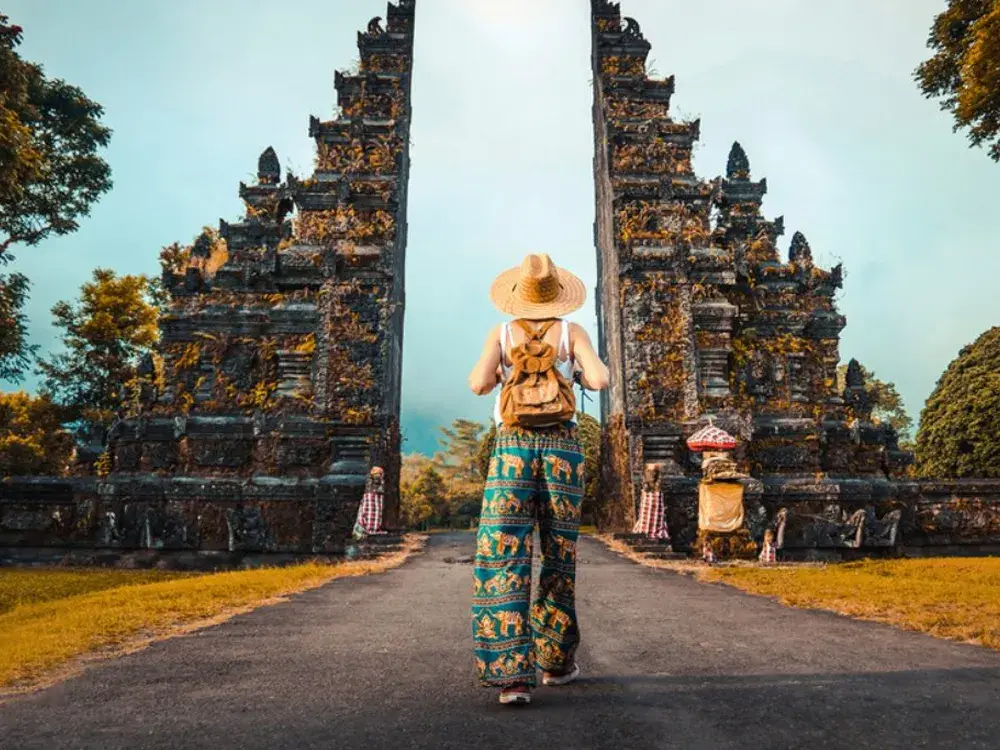
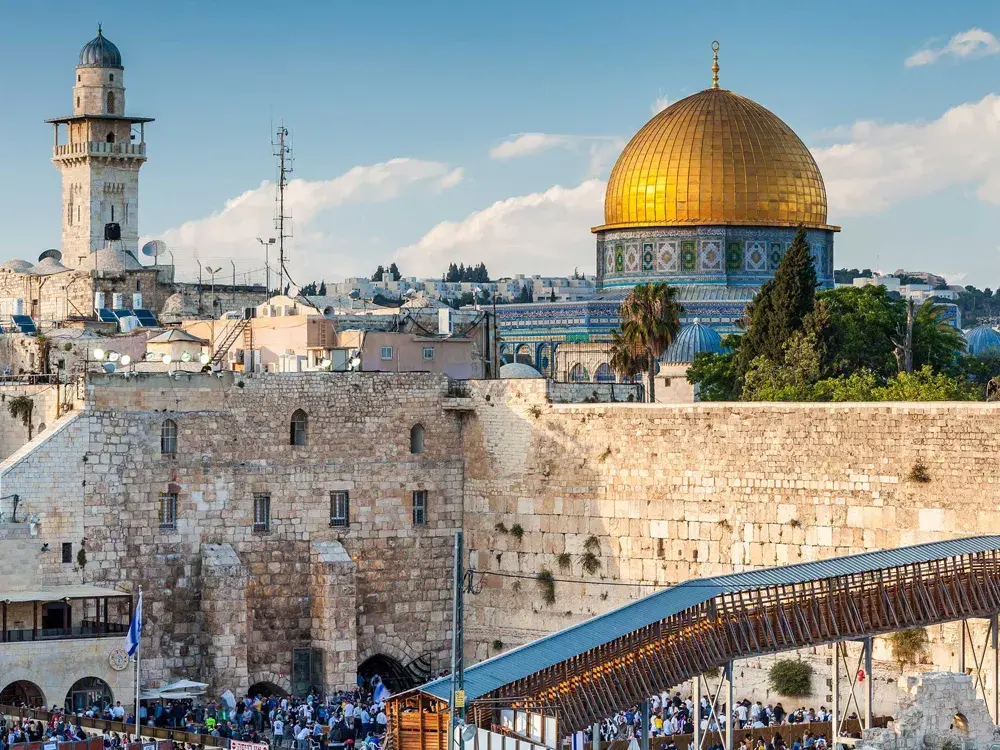
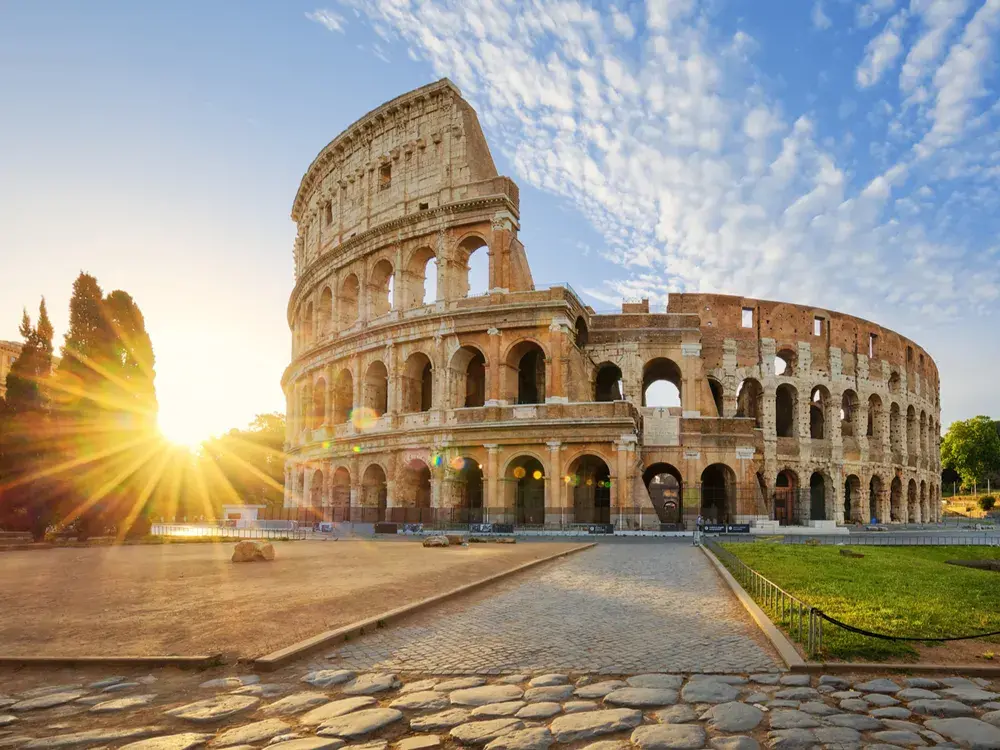
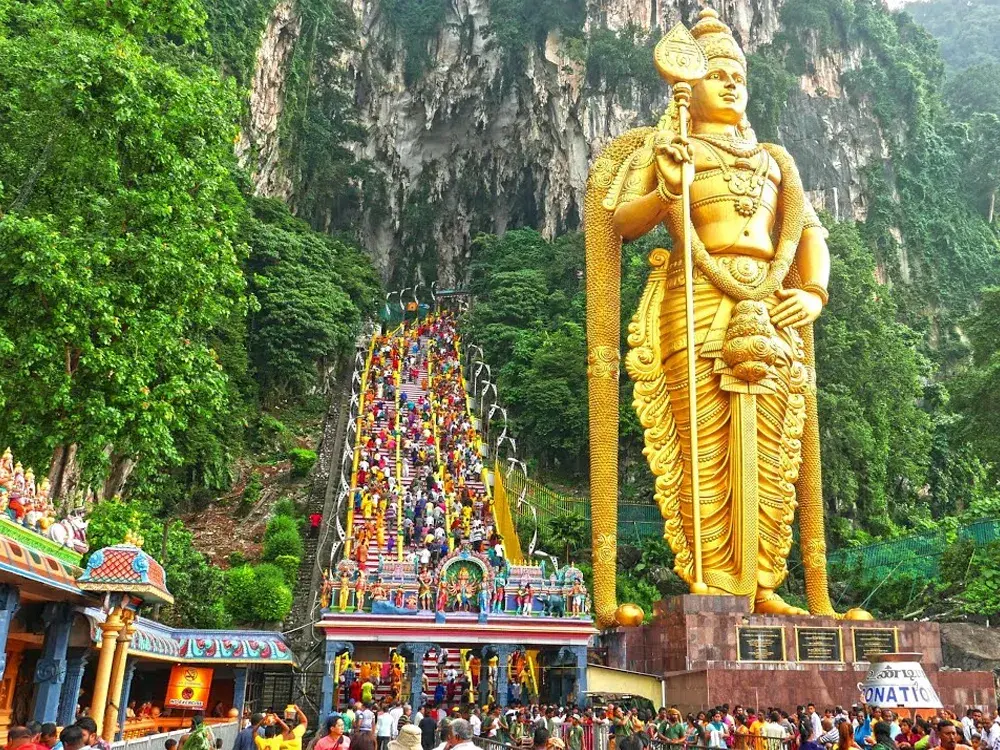
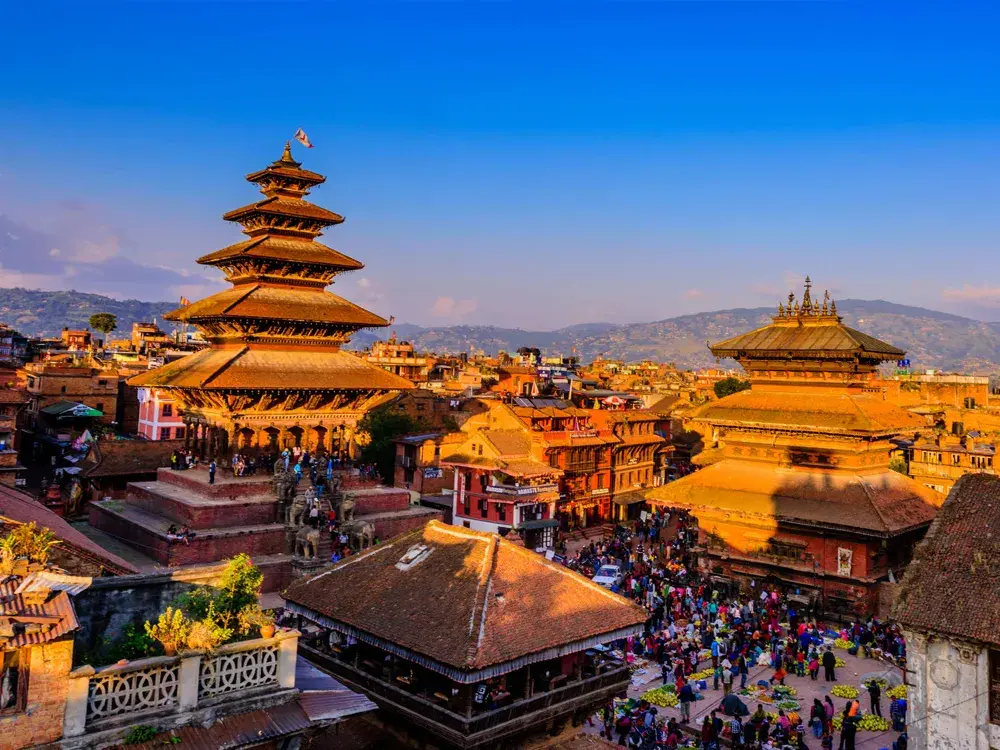
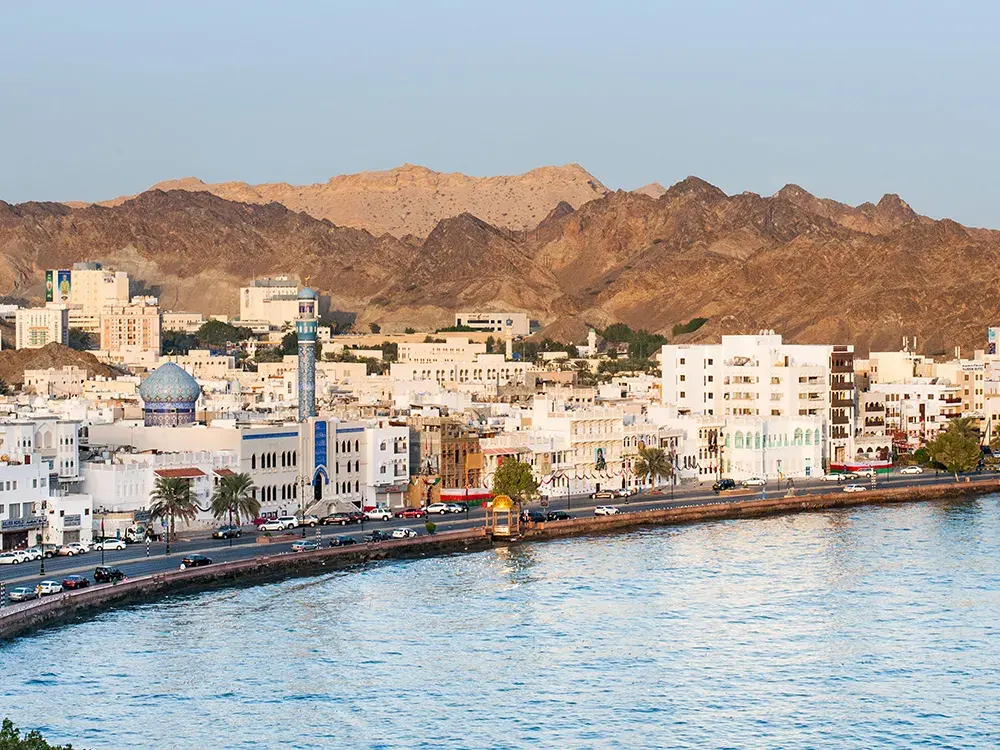
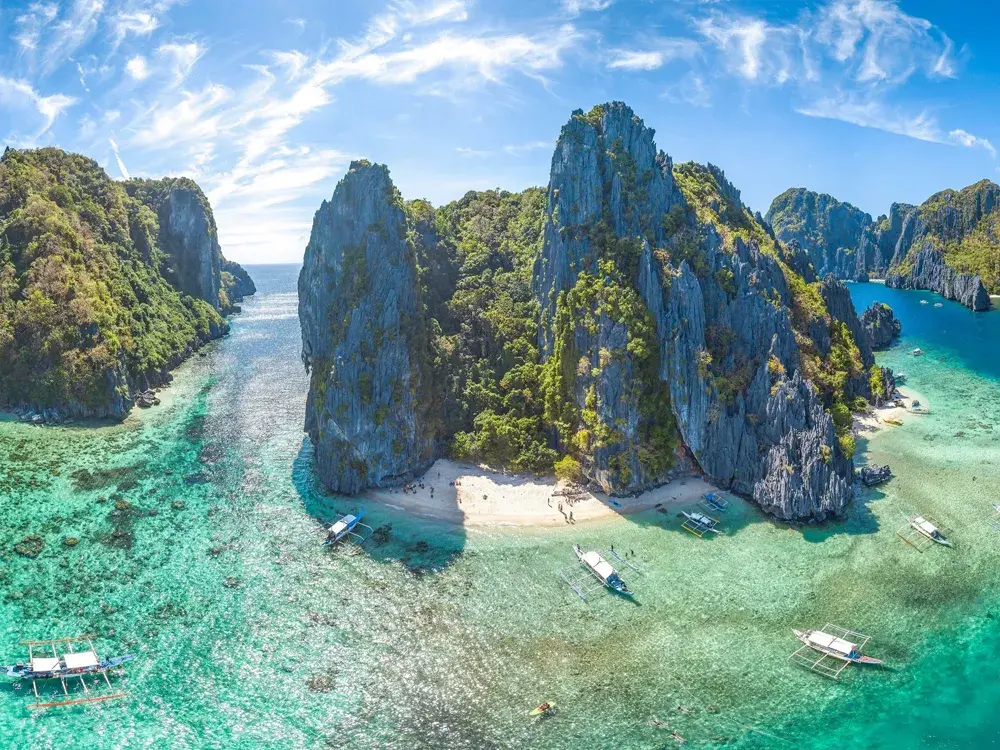
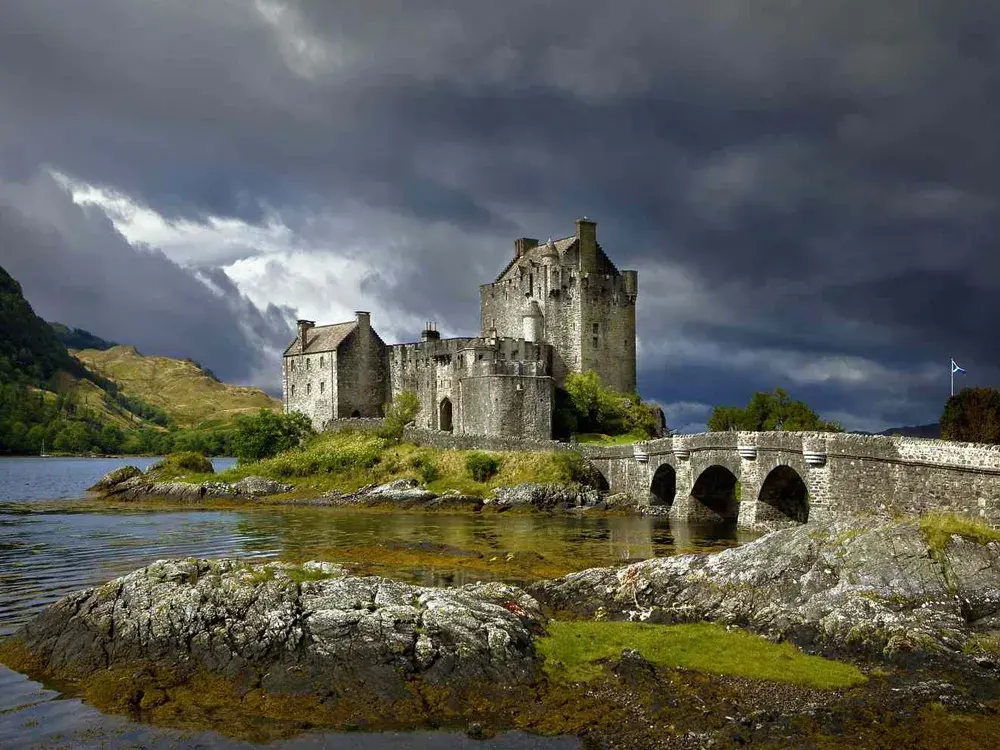
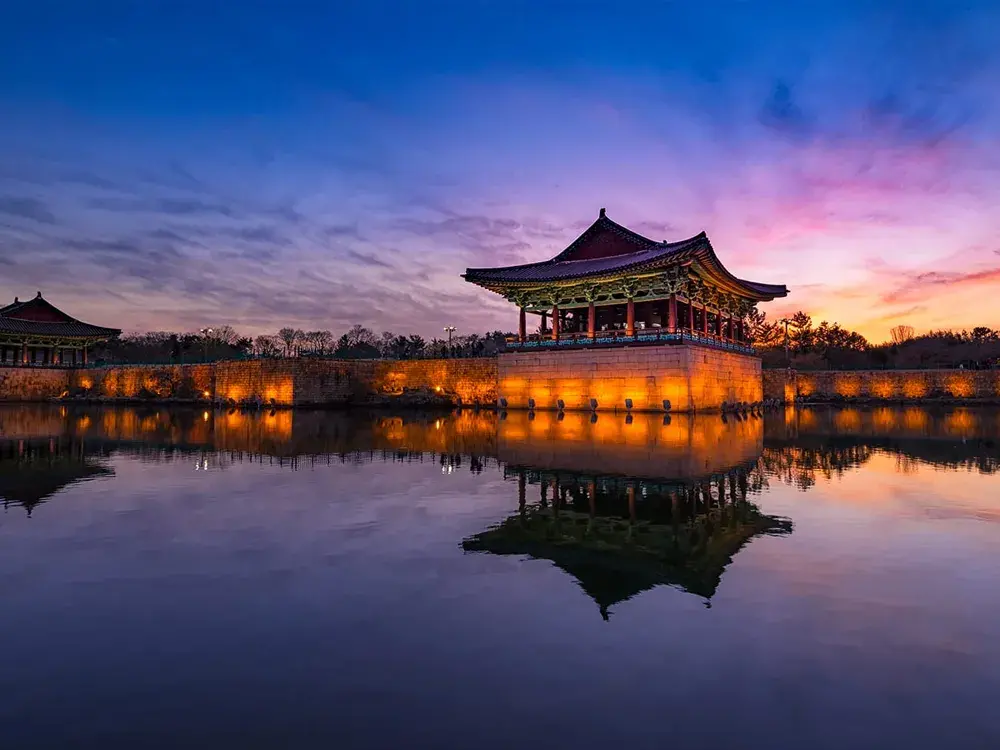
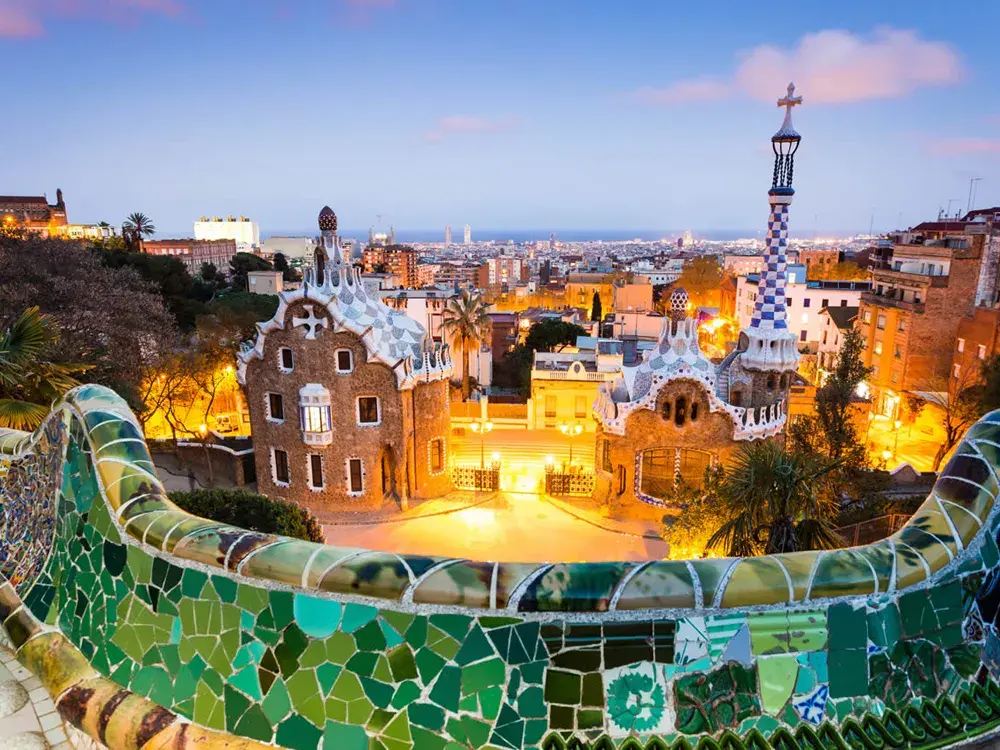
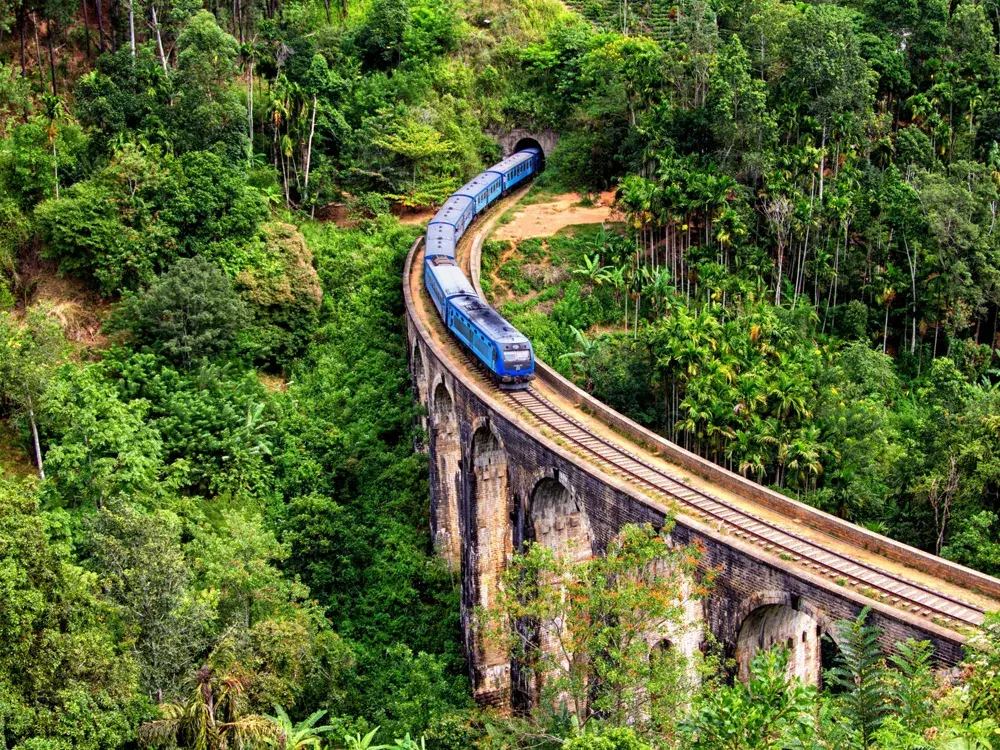
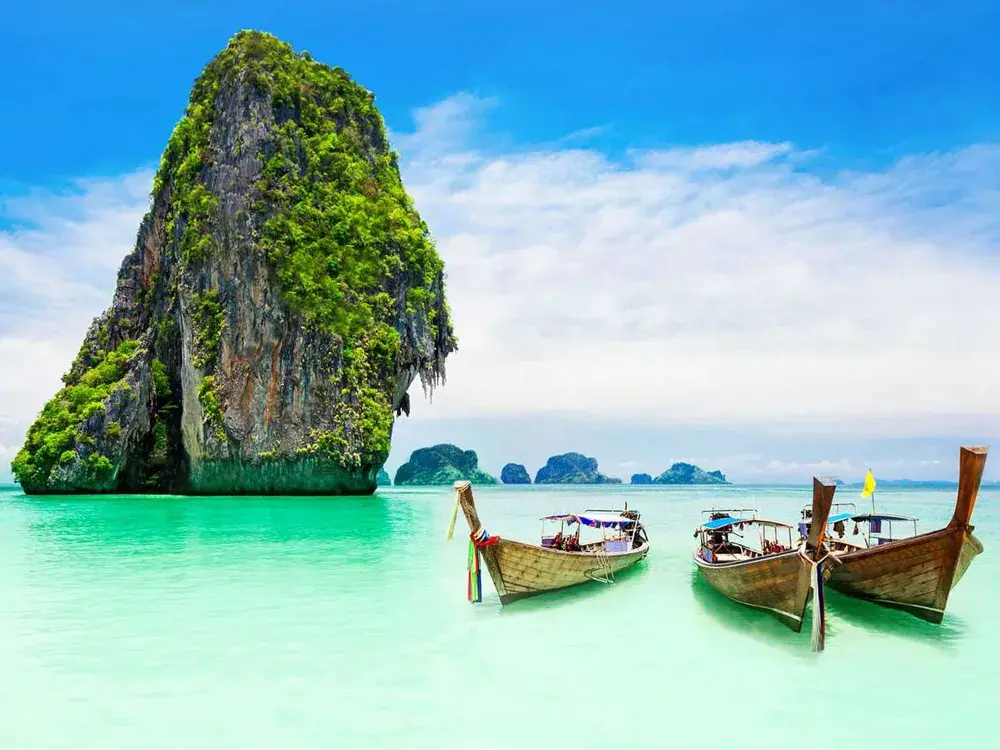
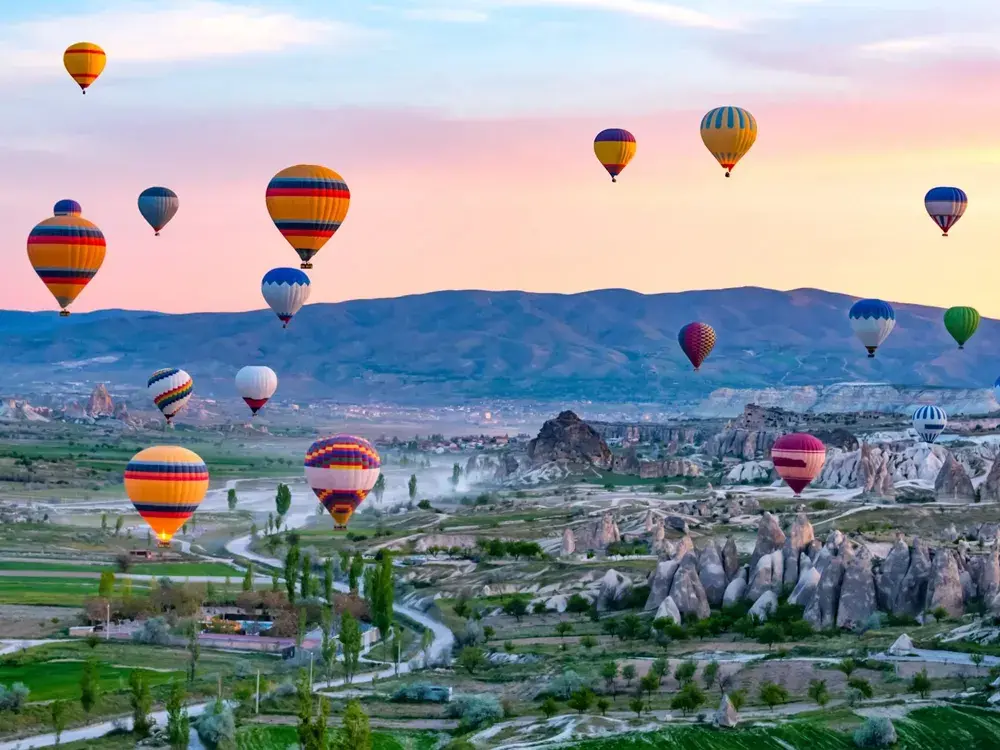
.webp)




